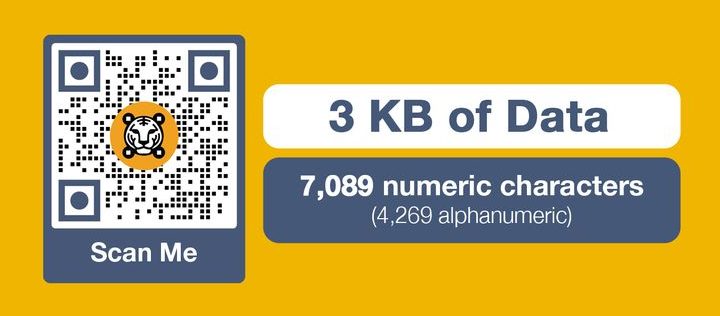QR codes are a must-have tool for any business looking to engage with customers in new and exciting ways. But one question that often comes up is whether or not QR codes have a shelf life. The answer is simple: static QR codes do not expire – they can be used forever.
Static codes are great for those instances where you need something to be set in stone – think informational signs or marketing materials that will be used repeatedly over time. Something important to note is that once they’re created, they can’t be altered or tracked. So if you need to change information on a static QR code, you’ll have to make a new one.
Dynamic codes, on the other hand, can be updated and tracked over time, making them perfect for campaigns that will change over time. Overall, the type of QR code you use will depend on your specific needs and goals. If you need a code that will be used indefinitely, static is your go-to. If your content is part of a changing strategy, then dynamic is the way to go!
Static QR Codes: What are They?
QR codes are two-dimensional barcodes that contain information in the form of black and white squares. Static QR codes are codes that do not change once they’ve been created. They can be scanned infinitely, but they cannot be modified or tracked. Static QR codes are created with a specific URL or information and remain as it is until the QR code is physically removed.
The Benefits of Using Static QR Codes
Static QR codes are ideal for projects that contain information that doesn’t change frequently. By using static QR codes, marketers can ensure that customers will receive consistent and up-to-date information, regardless of how long the QR code has been in use. Static QR codes are beneficial in the following ways:
- They are easy to create and distribute.
- They can be scanned an unlimited number of times.
- They can be printed on various materials like brochures, business cards, and banners.
Why are Static QR Codes a Better Option?
There are instances where using a dynamic QR code is a better option, such as when the information needs to be updated frequently. However, in most cases, a static QR code is a better option. One of its advantages is that it doesn’t require internet connectivity. Once you created a static QR code and printed it, it can be scanned offline, which is crucial when used in events or places with limited internet connectivity.
Static QR codes ensure consistency in the customer experience.
When using static QR codes, marketers can control the message that customers receive, which ensures that the customer experience is consistent. Moreover, static QR codes rarely expire. Therefore, all marketing materials with static QR codes printed on them can still be used even after a few years.
How Long Can You Keep a Static QR Code?
Static QR codes don’t expire. However, they are not altered or tracked once they’ve been created. As long as the printed QR code is still visible and can be scanned, it can be used indefinitely. The QR code’s lifespan lies mainly in the material printed on, which affects the code’s visibility, durability, and longevity.
Factors that Affect the Longevity of a Static QR Code
The lifespan of a static QR code mainly depends on the following factors:
- The printing material used – QR codes printed on high-quality materials like metal or plastic are more durable and can last for years, while codes printed on low-quality materials like paper can deteriorate much faster.
- The environment of the QR code – QR codes placed in areas that experience extreme temperatures, high humidity, or exposure to UV light might fade or deteriorate faster than codes kept in a more controlled environment.
- The size, color, and complexity of the QR code – QR codes with smaller squares or a more complex design might be more challenging to scan or might require a more sophisticated scanner, which could make them less reliable over time.
Tips to Ensure the Reliability of Static QR Codes
There are several measures marketers can take to maximize the reliability of their static QR codes, including:
- Print QR codes on high-quality materials like metal, plastic, or vinyl to ensure their longevity.
- Keep QR codes in an environment free from extreme temperatures, humidity, and UV light exposure to prevent fading and deterioration.
- Choose a QR code generator that provides high-resolution codes with good contrast to ensure that they’re easily scannable.
Dynamic vs Static QR Codes: Which One is the Best for Your Project?
In conclusion, dynamic and static QR codes cater to different needs. If the information you want to relay doesn’t change frequently, a static QR code is ideal. They are easier to generate, require no internet connection, and have long lifespans. On the other hand, dynamic QR codes are ideal when the information you want to provide needs to be updated regularly, such as coupons, promotions, or event schedules. In most cases, static QR codes are the better option as they provide a consistent customer experience and are durable, ensuring that customers can still access the information no matter how long ago the code was printed.





